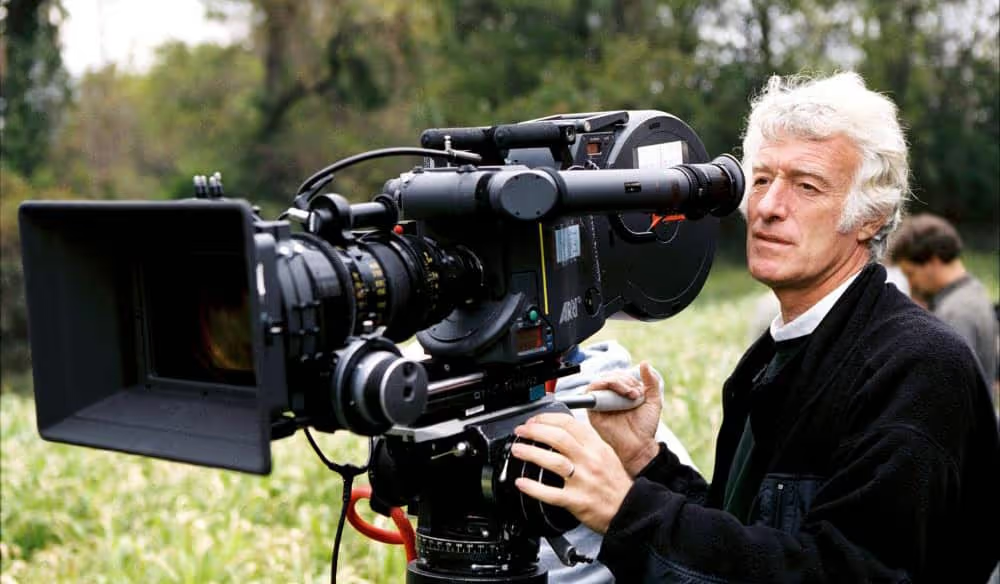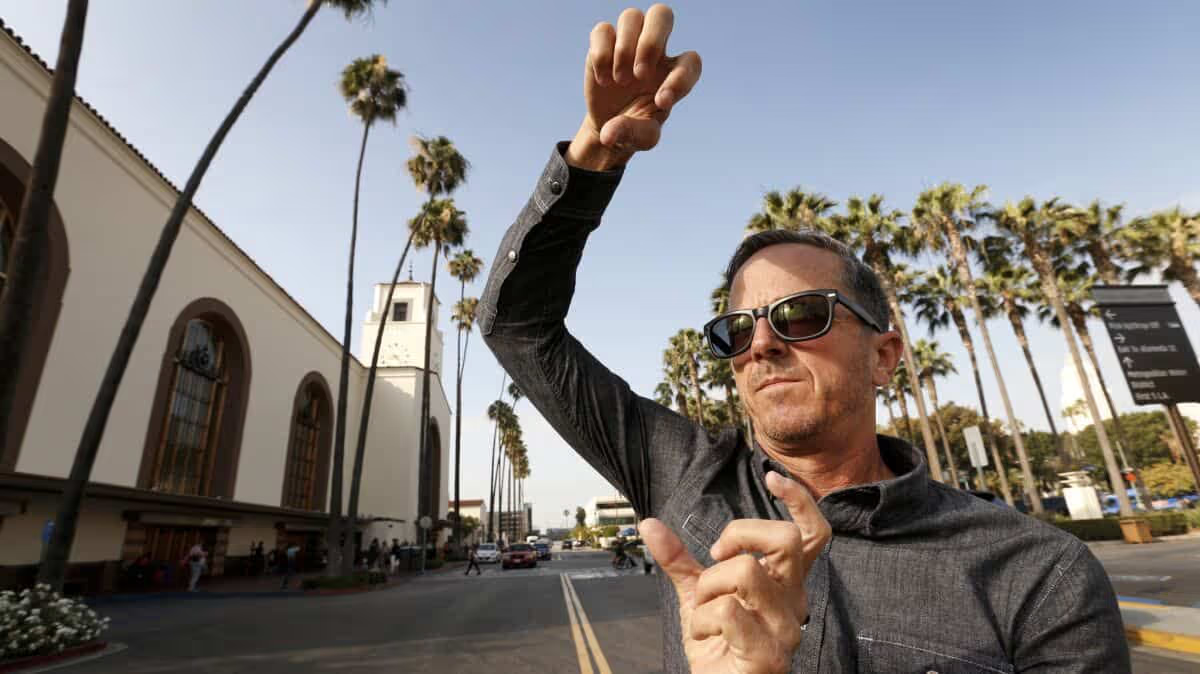Table of Contents
A Camera Director of Photography (DP) is a key member of a film or video production team. The DP is responsible for the visual storytelling of the film and works closely with the director to create the overall look and feel of the final product. In this article, we will explore the role of a Camera DP and provide insight into the skills and qualities required to excel in this position.
Responsibilities of a Camera Director of Photography
The primary responsibility of a Camera DP is to capture the visual elements of a film or video production. This includes selecting the appropriate camera equipment, lenses, and lighting to achieve the desired look and feel. The DP works closely with the director to determine the visual style of the film and ensures that all shots are consistent with this style.
In addition to selecting the equipment and lighting, the DP is also responsible for framing and composing shots. This includes determining the camera placement, angle, and movement for each shot. The DP must also consider the overall continuity of the film, ensuring that each shot flows seamlessly into the next.
Qualities of a Successful Camera Director of Photography
To be successful as a Camera DP, there are several key qualities that are essential. These include:
Creativity
One of the most important qualities of a Camera DP is creativity. The DP must be able to envision the visual style of the film and determine the best way to achieve this vision. This requires a strong sense of creativity and the ability to think outside the box.
Technical Skills
In addition to creativity, a successful Camera DP must also have strong technical skills. This includes a deep understanding of camera equipment, lenses, and lighting. The DP must also have a strong understanding of composition, color theory, and other technical aspects of film production.
Attention to Detail
The DP must have a keen eye for detail and be able to identify even the smallest visual inconsistencies. This includes ensuring that the lighting is consistent from shot to shot and that the framing and composition are consistent throughout the film.
Communication Skills
The DP must be able to effectively communicate with the director and other members of the production team. This includes providing feedback on the visual style of the film, as well as discussing technical aspects of the production.
Education and Training
To become a Camera DP, it is typically necessary to have a degree in film production or a related field. Many Camera DPs also have experience working in other roles on a film production team, such as a camera operator or lighting technician.
In addition to education and training, it is also important to gain practical experience working on a variety of film productions. This allows the DP to develop their skills and gain a deeper understanding of the film production process.
Conclusion
A Camera Director of Photography is a vital member of any film or video production team. The DP is responsible for capturing the visual elements of the film and working closely with the director to create a cohesive and visually stunning final product. To be successful in this position, the DP must possess a combination of creativity, technical skills, attention to detail, and strong communication skills. With the right education, training, and practical experience, anyone can become a successful Camera DP.
FAQ
What is camera movement in filmmaking?
Camera movement refers to the physical motion of the camera during a shot. It can include pans (horizontal movement), tilts (vertical movement), tracking shots (camera moves alongside the subject), crane shots (the camera moves up and down using a crane), and more.
Who are the camera and lighting crews on a film set?
The camera and lighting crews are essential members of the camera department. They work together to set up and operate the cameras and lighting equipment to achieve the desired visual aesthetics for the film.
What type of equipment is used by camera and lighting crews?
Camera and lighting crews use a variety of equipment, including cameras, lenses, tripods, dollies, sliders, jibs, cranes, lights, light stands, filters, reflectors, and more. These tools help them capture the desired shots and control the lighting conditions.
What role does a camera operator play in filmmaking?
A camera operator is responsible for physically operating the camera during the shoot. They work closely with the director of photography and the director to capture the desired shots and camera movements as per the director's vision.
Who is the film director, and what is their role?
The film director is the creative leader of a film. They are responsible for overseeing and guiding artistic and technical decisions throughout the production process to bring their vision to life.
What is the role of the camera department in filmmaking?
The camera department consists of various professionals, including the director of photography, camera operators, assistant camera operators, and other crew members. They collaborate to capture the film's visual elements through the use of cameras, lenses, and camera movements.
How do camera angles contribute to the storytelling in a film?
Camera angles play a significant role in shaping the audience's perspective and perception of the story. By choosing specific camera angles, the director and cinematographer can convey emotions, highlight relationships between characters, create tension, and enhance overall storytelling.
What is the lighting crew's role in filmmaking?
The lighting crew is responsible for setting up and controlling the lighting equipment on a film set. They work closely with the director of photography to achieve the desired lighting effects and create the appropriate atmosphere for each scene.
What kind of equipment is used by the lighting crew?
The lighting crew uses various equipment, including lighting fixtures, bulbs, gels, diffusers, reflectors, flags, scrims, and grip equipment. These tools allow them to manipulate and shape the lighting to achieve the desired visual mood and ambiance.
What role does the director of photography (DP) play in filmmaking?
The director of photography, also known as the DP or cinematographer, is responsible for translating the film director's vision into visual images. They make artistic and technical decisions regarding the camera and lighting, working closely with the camera department and the lighting crew.
How do artistic and technical decisions impact the overall look of a film?
The artistic and technical decisions made by the director of photography, in collaboration with the director, significantly influence the film's visual aesthetics. Choices regarding camera angles, lighting setups, color palettes, lenses, and more shape the film's mood, style, and overall visual impact.
What camera skills are necessary for a cinematographer or camera operator?
A cinematographer or camera operator needs to possess a range of camera skills, including a solid understanding of camera operation, framing, composition, movement, exposure, focus control, and the ability to work with different camera and lens systems effectively.






